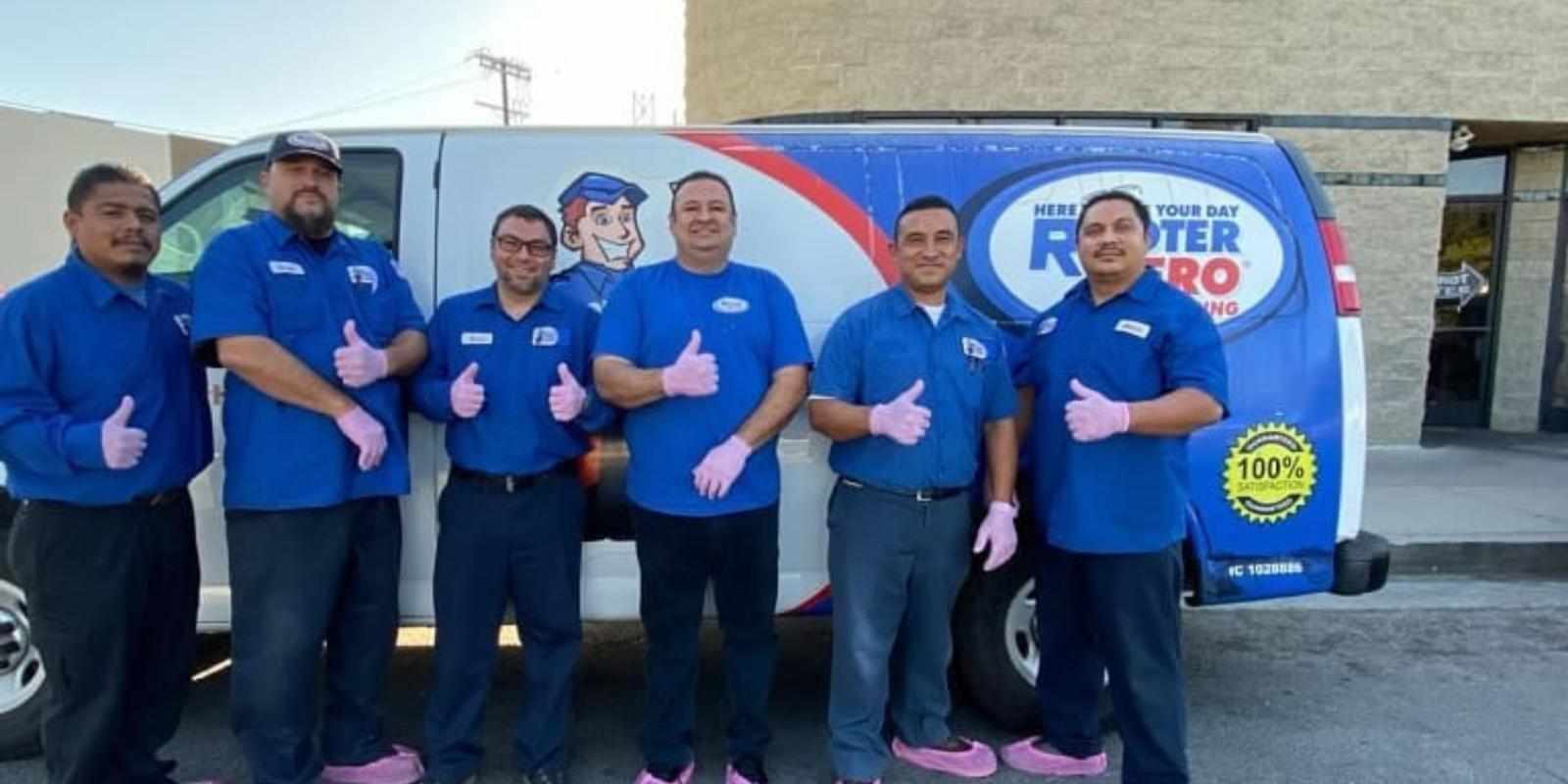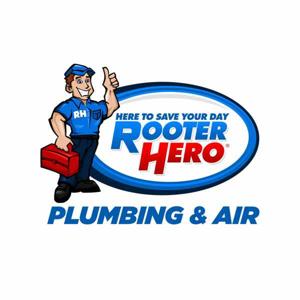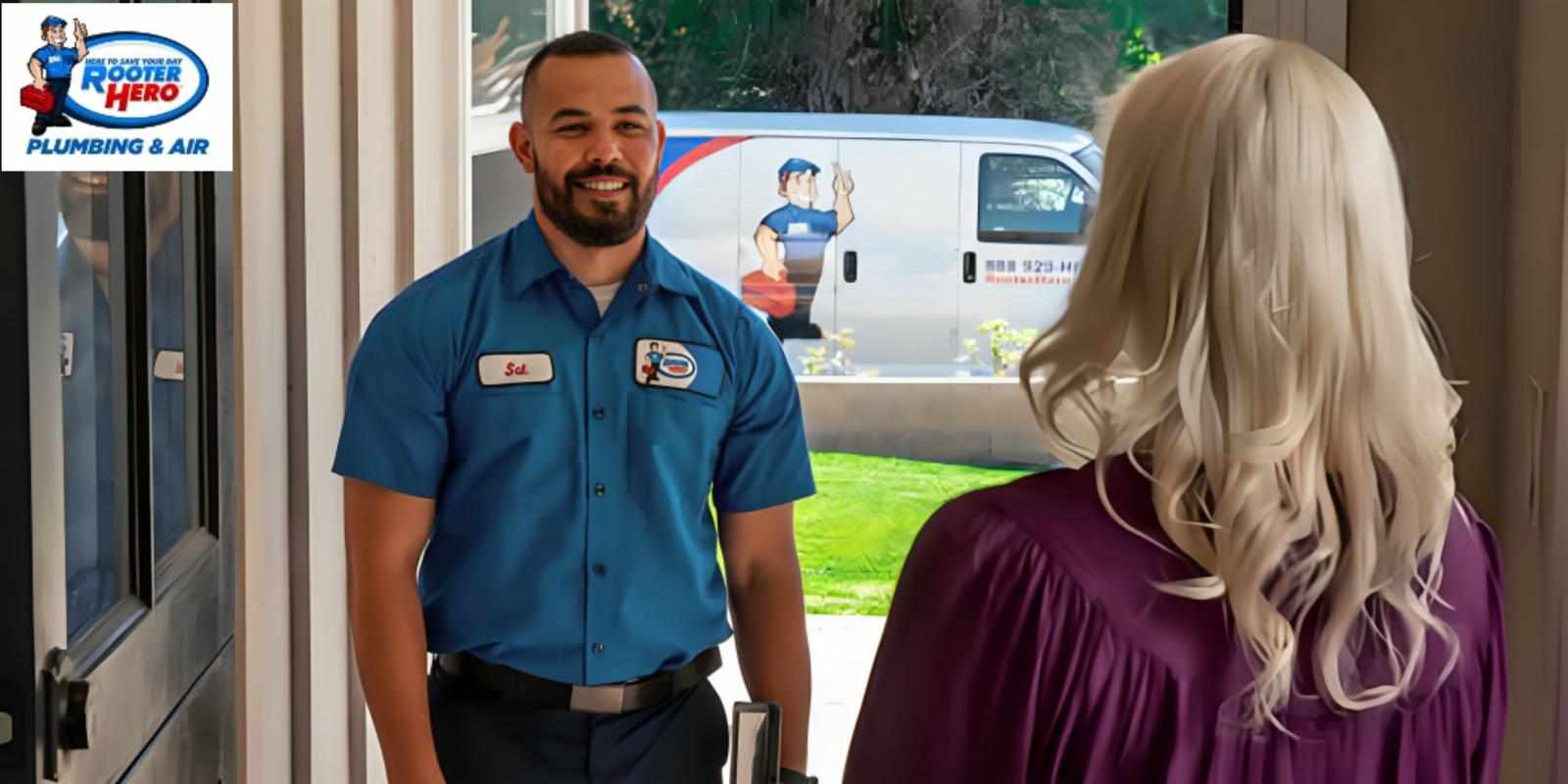
Introduction: Why Older Homes Need Extra Plumbing Attention
Living in an older home has its charm—hardwood floors, vintage finishes, and solid craftsmanship. But beneath that nostalgic exterior may lie a maze of outdated plumbing. These hidden issues can lead to serious damage, costly repairs, and ongoing frustration if not addressed early. Whether you're renovating, buying, or already living in an older property, knowing what to look out for can save time and money. Calling an experienced Plumber in Petaluma is the best first step toward identifying and resolving age-related plumbing concerns.
1. Corroded or Galvanized Pipes
Older homes (especially pre-1970s) often have galvanized steel pipes. These corrode from the inside, restricting water flow and eventually leading to leaks or bursts. Corrosion can also contaminate your drinking water with rust and metals.
Fix:
Replace galvanized pipes with modern alternatives like copper or PEX. Repiping is an investment, but it eliminates long-term plumbing hazards and improves water quality.
2. Sewer Line Problems
Tree root intrusion, outdated clay pipes, and shifting soil can wreak havoc on old sewer lines. Warning signs include slow drains, gurgling toilets, and sewage backups.
Fix:
Hire a professional for a sewer camera inspection. Solutions range from hydro-jetting roots to full trenchless sewer line replacement—minimizing damage to your yard.
3. Low Water Pressure
Low water pressure is a frequent complaint in older homes, often caused by scale buildup in pipes, small diameter lines, or corroded supply lines.
Fix:
A licensed plumber can inspect your system, flush mineral buildup, or recommend replacing narrow or aging pipes to restore normal water flow.
4. Leaky Fixtures and Connections
Worn-out washers, valves, and outdated materials are common in older faucets, toilets, and supply lines. These slow leaks can increase water bills and cause mold growth behind walls or under floors.
Fix:
Replace old fixtures with water-efficient models. New shutoff valves and braided stainless-steel supply lines provide better durability and leak resistance.
5. Outdated Water Heaters
If your water heater is over 10 years old, you may notice inconsistent temperatures, rust-colored water, or strange noises. Older models are also energy-inefficient and prone to failure.
Fix:
Upgrade to a new energy-efficient water heater or consider a tankless model. Have it professionally installed to ensure code compliance and optimal performance.
6. Poor Drainage and Clogs
Older homes often suffer from sluggish drains due to years of soap scum, grease, hair, and debris. Outdated plumbing layouts and venting can make drainage even worse.
Fix:
Professional drain cleaning (like hydro-jetting) clears years of buildup without harming pipes. Consider updating old plumbing traps and drain lines if clogs persist.
7. Non-Code Plumbing Repairs
Many older homes have been through decades of DIY fixes or outdated practices, such as mixed materials, illegal S-traps, or venting issues. These can lead to leaks, poor drainage, or even health hazards.
Fix:
Have a licensed plumber inspect the entire system. Bringing your plumbing up to modern code improves safety, resale value, and insurance compliance.
Case Study: Solving Decades of Plumbing Problems in a 1940s Petaluma Bungalow
A couple in Petaluma recently purchased a charming 1940s bungalow with serious plumbing issues—rust-colored water, frequent toilet backups, and inconsistent hot water. They called a Plumber in Petaluma from Rooter Hero Plumbing & Air of Santa Rosa for a full system evaluation.
Findings included galvanized pipes, an outdated water heater, and tree roots in the sewer line. The team conducted a repipe with PEX, replaced the water heater with a high-efficiency model, and performed trenchless sewer line repair. The result: better water pressure, energy savings, and no more plumbing headaches.
Why It’s Worth Calling a Pro
While some minor repairs are DIY-friendly, most older home plumbing issues require an experienced professional. Licensed plumbers use tools like thermal imaging, sewer cameras, and water pressure gauges to detect hidden issues—before they cause major damage.
An experienced plumber will also know local building codes, ideal replacement materials, and energy-efficient upgrades—ensuring your home stays safe and functional for years to come.
Conclusion: Protect Your Vintage Home with Professional Plumbing Care
Don’t let aging pipes and outdated plumbing put your home at risk. The good news? These common problems are fixable with the right help. Whether it’s repiping, sewer repair, or fixture upgrades, you deserve peace of mind and reliable plumbing.
Rooter Hero Plumbing & Air of Santa Rosa is proud to help homeowners modernize and maintain their older homes with expert care, 24/7 service, and upfront pricing. Contact us today to schedule a full plumbing inspection and let’s get your system running like new.
FAQs About Older Home Plumbing Problems
Q1: How do I know if my pipes are galvanized?
Check exposed pipes in your basement or utility room. Galvanized steel has a dull gray appearance and may show signs of rust. A plumber can confirm pipe materials during an inspection.
Q2: Is trenchless sewer repair safe for old homes?
Yes. It’s a minimally invasive method that protects your yard and foundation while replacing deteriorating sewer lines.
Q3: How often should I inspect plumbing in an older home?
Annual plumbing inspections are recommended. Homes over 50 years old may require more frequent checks depending on past maintenance.
Q4: Can I upgrade my plumbing system in stages?
Absolutely. Start with the most urgent issues (like corroded pipes or sewer problems) and plan for phased upgrades as your budget allows.
Q5: What’s the cost to repipe an older home?
It varies by size and materials, but expect anywhere from $4,000 to $15,000. Copper tends to be pricier than PEX, but both are long-lasting options.



Write a comment ...